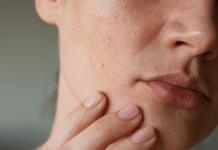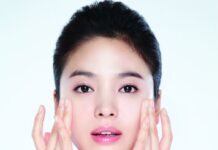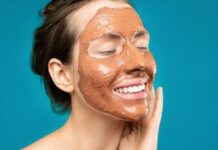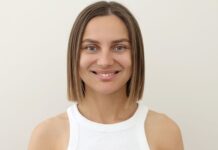Lard, or pork fat, is commonly used for frying and stir-frying. Adding lard to the frying pan enhances the flavor and aroma of stir-fried dishes. Typically, one would melt the lard in a pan until it is completely liquefied before turning off the heat. However, according to professional chefs, this is not the optimal method.
Chefs suggest a simple trick to achieve whiter and better-quality lard: add water. Let’s explore the three reasons why adding water while rendering lard is beneficial.
Whiter Lard
When you place the lard or pork rind directly into the pan, the portion of the fat that comes into contact with the bottom of the pan heats up rapidly. This can cause the lard to burn and turn dark brown. Consequently, the overall color of the melted lard may appear yellow or dark brown instead of a desirable white color.
By adding water, the lard is heated indirectly through the water, which has a boiling point of 100 degrees Celsius, preventing the lard from burning.
Thus, introducing water helps maintain a stable temperature for the lard, ensuring it remains white and doesn’t turn black.
Additionally, starting with water and then rendering the lard prevents splattering. As the lard is heated, the water gradually evaporates.
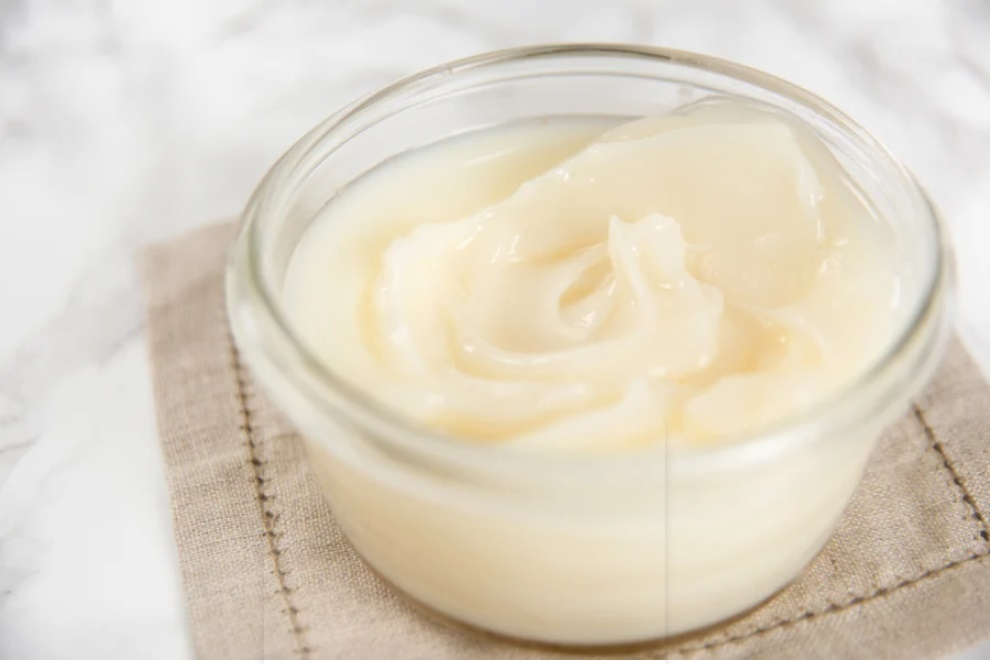
Safer Rendering Process
The temperature of lard during frying can get extremely high. If you render the lard without water from the beginning, it may splatter and cause burns.
In contrast, when you add water, the lard is essentially boiled, with the water at the bottom of the pan creating a layer of insulation between the hot pan and the lard, reducing the risk of overheating. As the lard is heated, the water at the bottom gradually evaporates, ensuring a safer and more controlled process.
More Aromatic Lard
The distinctive aroma of lard comes from volatile compounds that are easily vaporized when exposed to high temperatures. If you render the lard without water initially, it may scorch or lose its fragrance.
Furthermore, if you render lard too quickly, these aromatic compounds will dissipate rapidly, resulting in lard that is less fragrant compared to when water is used during the rendering process.
According to Khoevadep
The Ultimate Guide to Reviving Leftover Rice: One Magic Ingredient for Fluffy, Fragrant Rice.
Introducing the ultimate transformation for your leftover rice! For the discerning palate that craves deliciousness, this ingenious trick will elevate your cold rice into a steaming hot, fragrant feast. Prepare to tantalize your taste buds and impress even the fussiest of eaters. With this simple yet effective method, your leftover rice will be transformed into a mouthwatering masterpiece, ensuring every grain is as delectable as the first.

